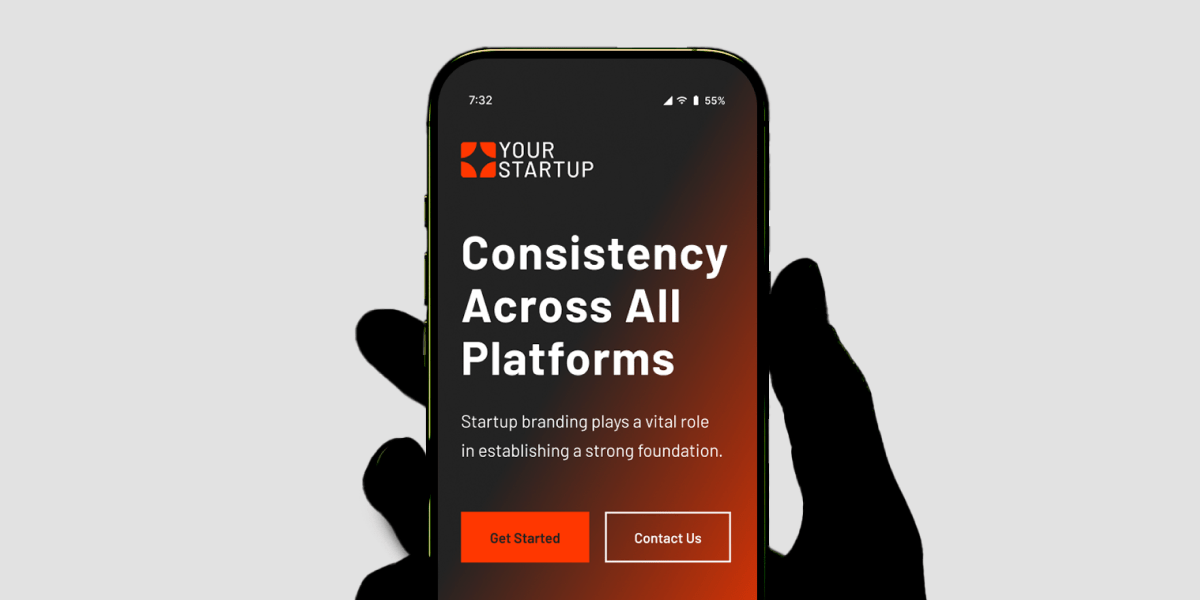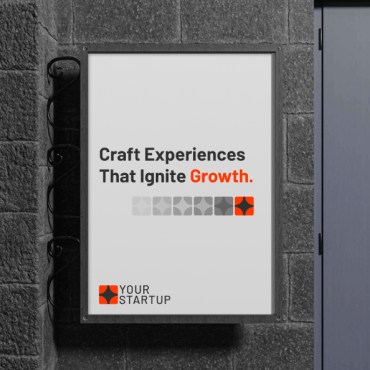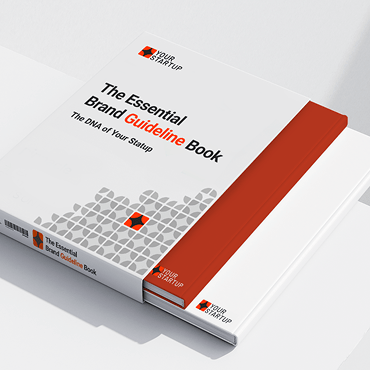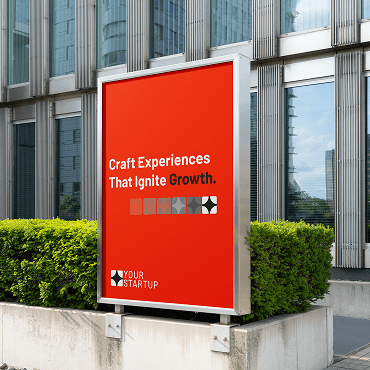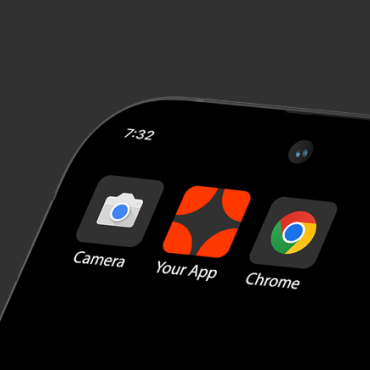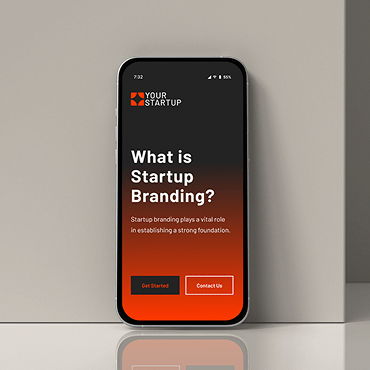UX: The Foundation of Startup Design
A successful startup brand is built on more than just a logo, prioritizing UX from the start helps create a strong foundation for your brand.
Problem Statement
Startups often prioritize visual branding over user experience, leading to products that look good but don't meet actual user needs. This creates fundamental issues that become increasingly difficult to fix at scale.
Solution Statement
Implement a UX-first approach that prioritizes understanding users before aesthetic decisions, creating a strong foundation for long-term startup success.
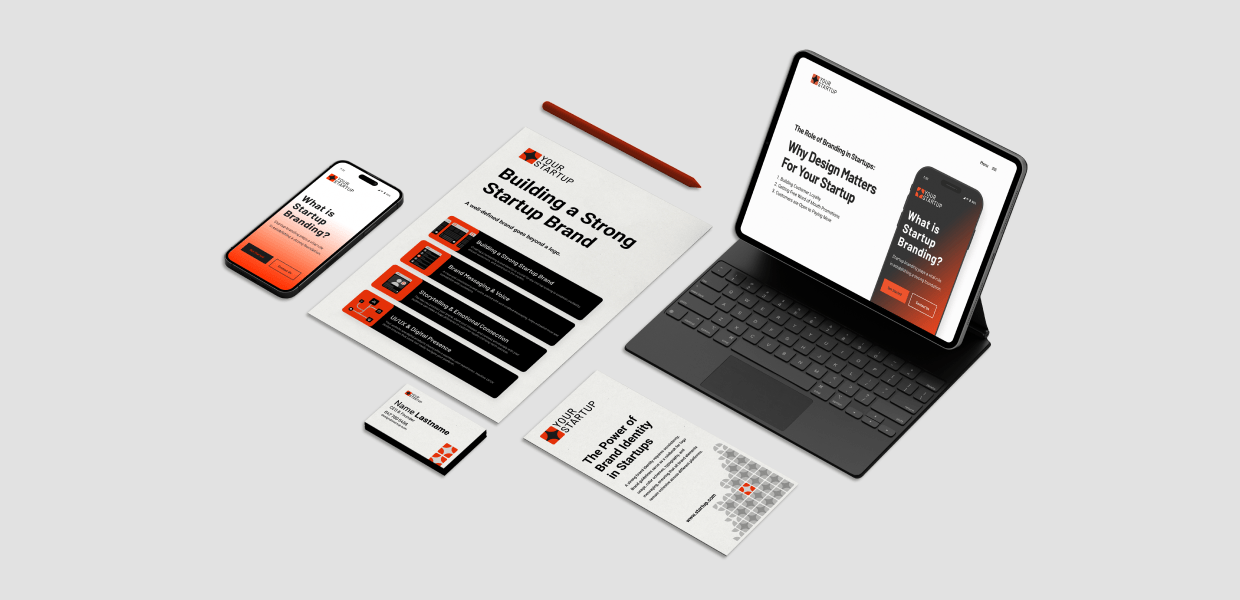
Start with user insights instead of assumptions to build solutions that truly address market needs.
Define structured user journeys to align features with needs and reduce friction points.
Create a scalable visual identity and component library that ensures consistency across platforms.
Test with interactive prototypes early to gather feedback and avoid costly development mistakes.
Start with User Research, Not Assumptions
Many startups skip research and build based on assumptions, leading to misaligned solutions.
Strong UX starts with user insights from interviews, surveys, competitive analysis, and usability testing to ensure designs meet real needs.
Prioritizing research ensures that design decisions are user-driven rather than based on assumptions.
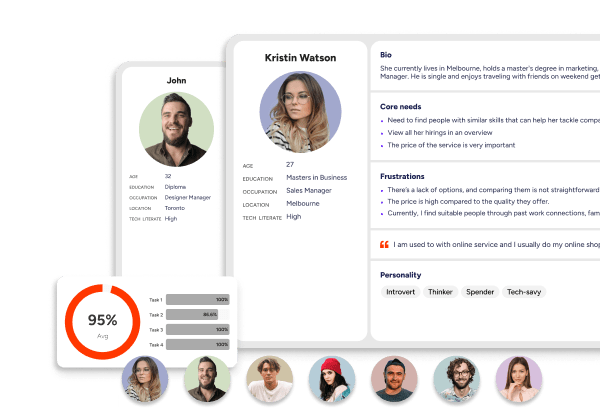
Define the User Journey Before Designing
A structured user journey helps startups align features with user needs, reduce friction, and improve navigation.
Mapping out key interactions and pain points early on ensures a seamless user experience and helps avoid inconsistencies down the line.
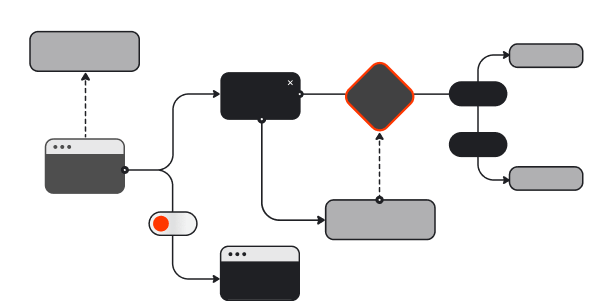
Build Your Brand with a Scalable Vision
Your brand is more than a logo, it should be designed with scalability in mind.
A flexible visual identity, a cohesive design system, and user-centric messaging ensure that the brand remains consistent across products and platforms as your startup grows.
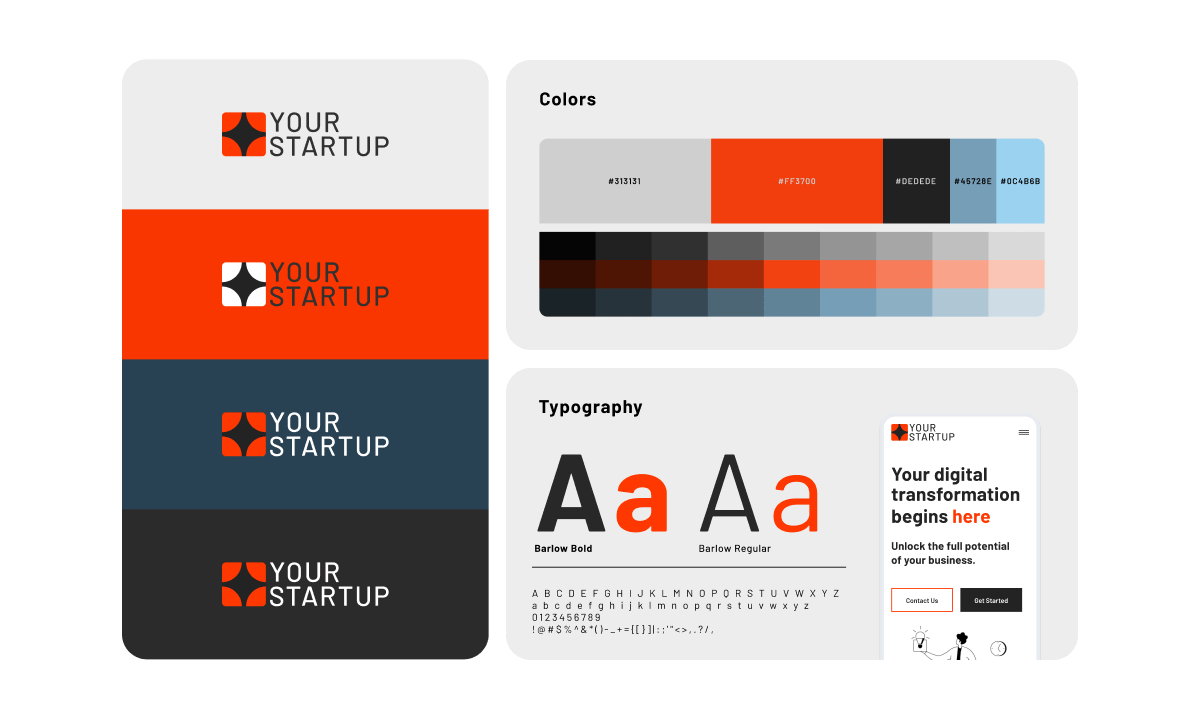
Build a Scalable Design System from Day One
Design systems are crucial for ensuring consistency and scalability.
By creating a reusable set of UI components, layouts, and patterns, startups can save time, maintain brand consistency, and ensure a user-friendly experience across all platforms as the product grows.
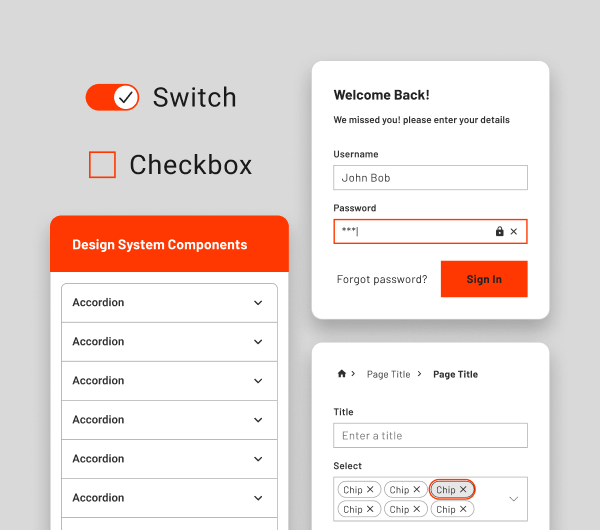
Prototype and Iterate Before Development
Skipping prototyping can lead to costly mistakes later. Creating wireframes and interactive prototypes early on allows startups to test and refine ideas, gather user feedback, and reduce the risk of redesigns during the development phase.
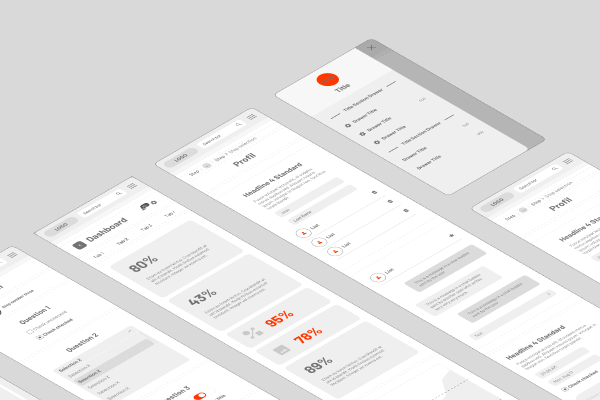
By creating a reusable set of UI components, layouts, and patterns, startups can save time, maintain brand consistency, and ensure a user-friendly experience across all platforms as the product grows.
Goals
Our aims were to enhance user experience and drive engagement for the platform.
- Streamline navigation and clarity.
- Highlight innovative AI features.
- Encourage subscriptions and interactions.
Accomplishments
We successfully met our targets and created a compelling interface.
- Delivered a modern, responsive design.
- Communicated AI tools clearly.
- Boosted user engagement and subscriptions.
